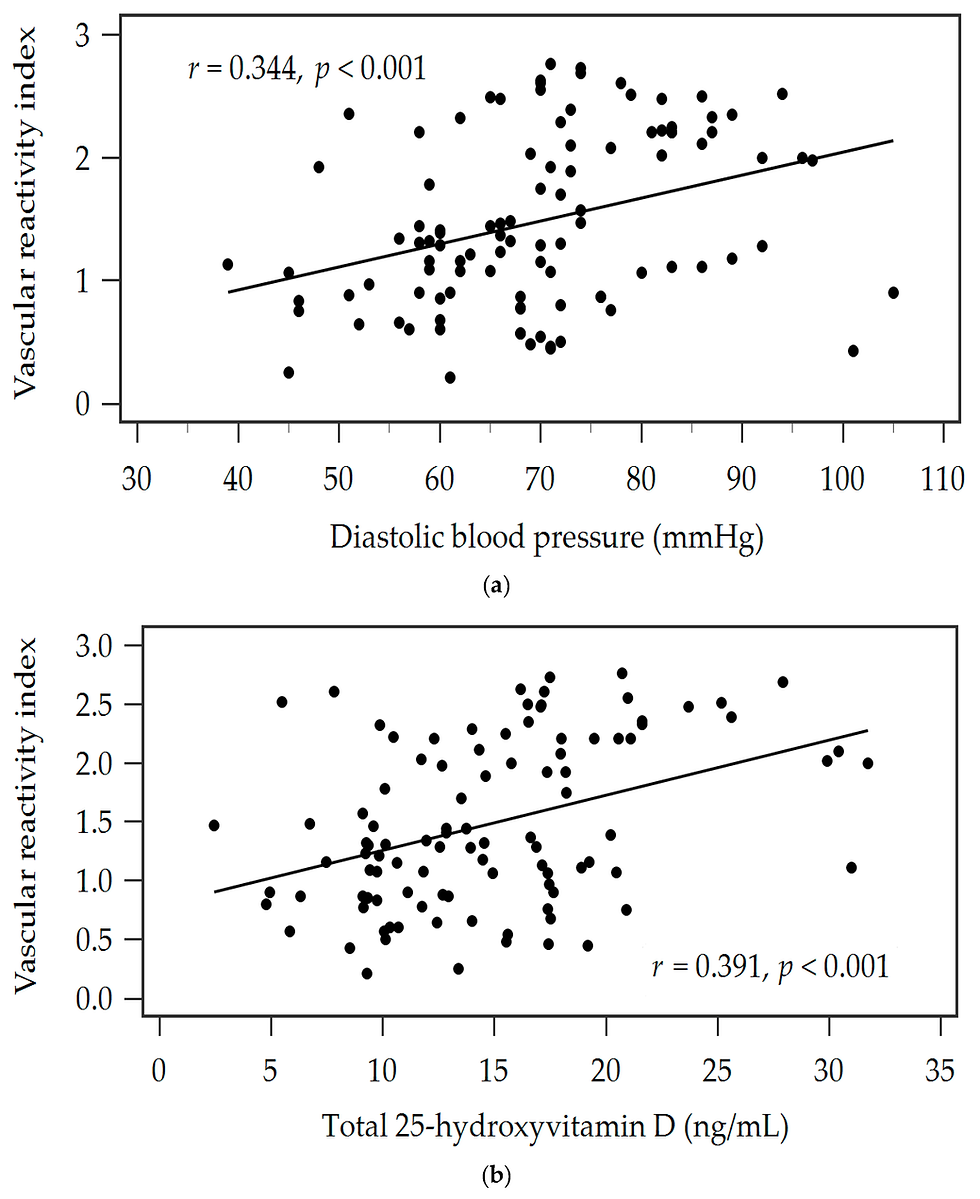Effect of Tai Chi on Vascular Function Among Patients with Peripheral Neuropathy
- heartlung
- Jan 9, 2023
- 2 min read
Updated: Dec 12, 2024
Arturo A. Arce-Esquivel, Joyce E. Ballard, Barbara K. Haas, Melinda L. Hermanns, Carol A. Rizer, Gary T. Kimmel, and Yong T. Wang
Department of Health and Kinesiology, College of Nursing and Health Studies, The University of Texas at Tyler, Texas School of Nursing, The University of Texas at Tyler, Texas Cancer Foundation for Life, Tyler, Texas
Journal of Heart and Cardiology
Abstract
Foot pain due to Peripheral Neuropathy (PN) is one of the factors affecting walking ability. It has been reported that diminished vascular function contributes to a decrease in physical function in individuals with PN. Microvascular disturbances have been reported in humans with neuropathic pain. Tai Chi, a Chinese conditioning exercise, has been associated with enhanced endothelial function. However, the effect of Tai Chi training on microvascular function in patients with PN has not been studied. This study aimed to assess the effects of Tai Chi on vascular function (i.e., vascular reactivity) and functional exercise capacity among patients with PN. Thirty-seven participants (men = 21, women = 16) were randomly assigned to either Tai Chi exercise (Ex, n = 20, age: 71 ± 9.50 years) or control group (Con, n = 17, age: 75 ± 9.02 years). Exercise training consisted of 12-week progressive Tai Chi (i.e., Yang Style), offered 3 times per week, 60 minutes sessions. The Con group didn’t participate in any exercise activity. Before and after training, vascular function [fingertip Digital Thermal Monitoring (DTM) of vascular reactivity] and functional exercise capacity [Six-Minute Walk test (6MW)] were evaluated. The Ex group experienced a significant 25% increase in Vascular Reactivity Index (VRI) from baseline [1.93 ± 0.43 to 2.41 ± 0.47, (p < 0.05)]. In addition, the 6MW test increased significantly in the Ex group by 28% [pre = 392 ± 93; post = 503 ± 105 m, (p < 0.05)]. In the control group no significant changes were observed in either vascular function [1.83 ± 0.43 to 1.81 ± 0.37] or in the 6MW test [393 ± 142 to 398 ± 149 m]. Participants experienced no complications and/or falls as a result of the intervention. These findings demonstrated that in patients with PN, a 12-week progressive Tai Chi exercise program was capable of increasing not only vascular function, specifically vascular reactivity index, but also of increasing the distance covered during the 6MW test. Clearly, this study underlies the importance of Tai Chi as an effective and safe exercise intervention suitable for patients with PN.
Keywords: Microvascular Function; Functional Capacity; Neuropathy; Exercise



![Lipoprotein(a) levels predict endothelial dysfunction in maintenance hemodialysis patients: evidence from [VENDYS] vascular reactivity index assessment](https://static.wixstatic.com/media/dac531_5285607cc591409a9d83746f042af7c6~mv2.png/v1/fill/w_980,h_980,al_c,q_90,usm_0.66_1.00_0.01,enc_avif,quality_auto/dac531_5285607cc591409a9d83746f042af7c6~mv2.png)
Comments